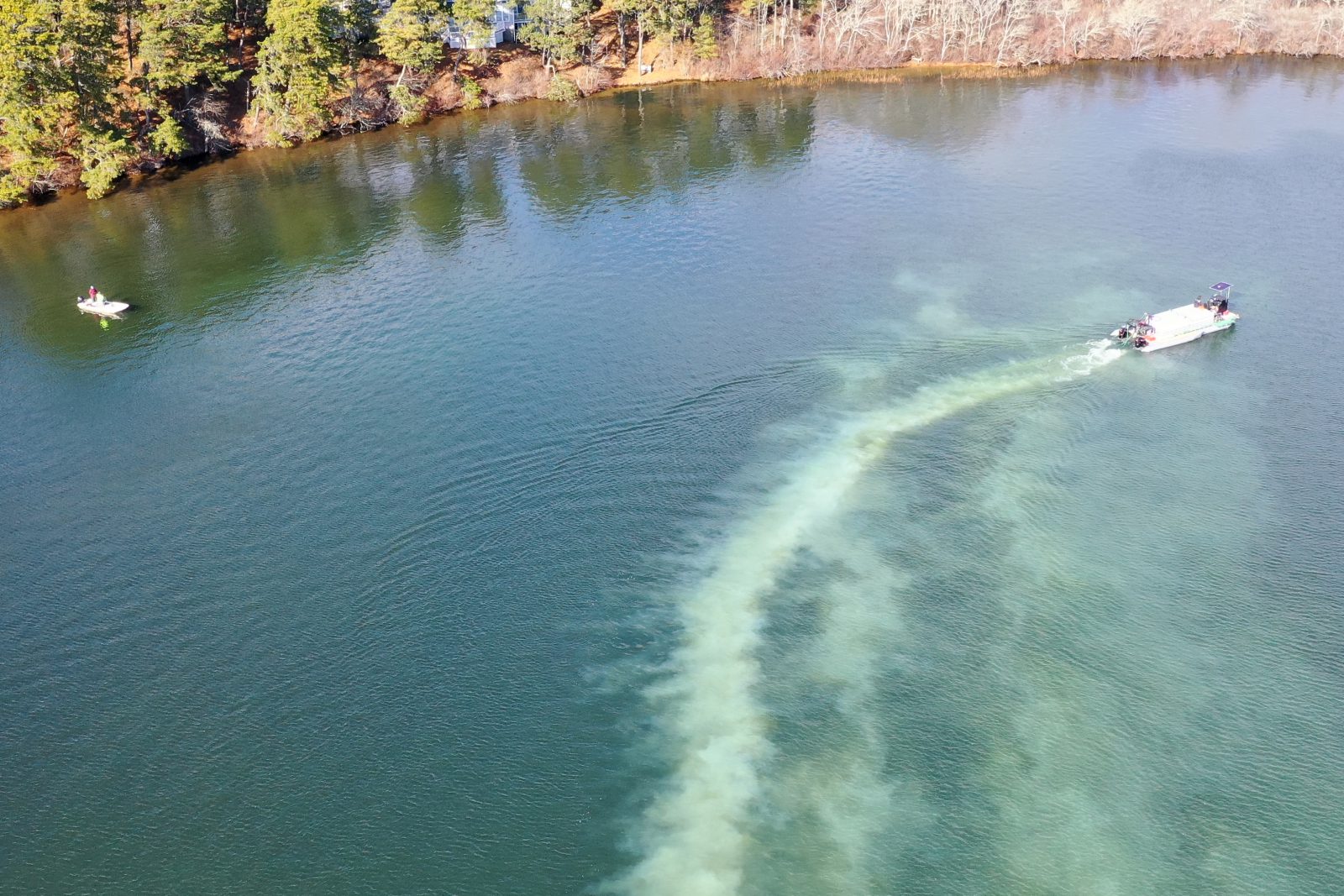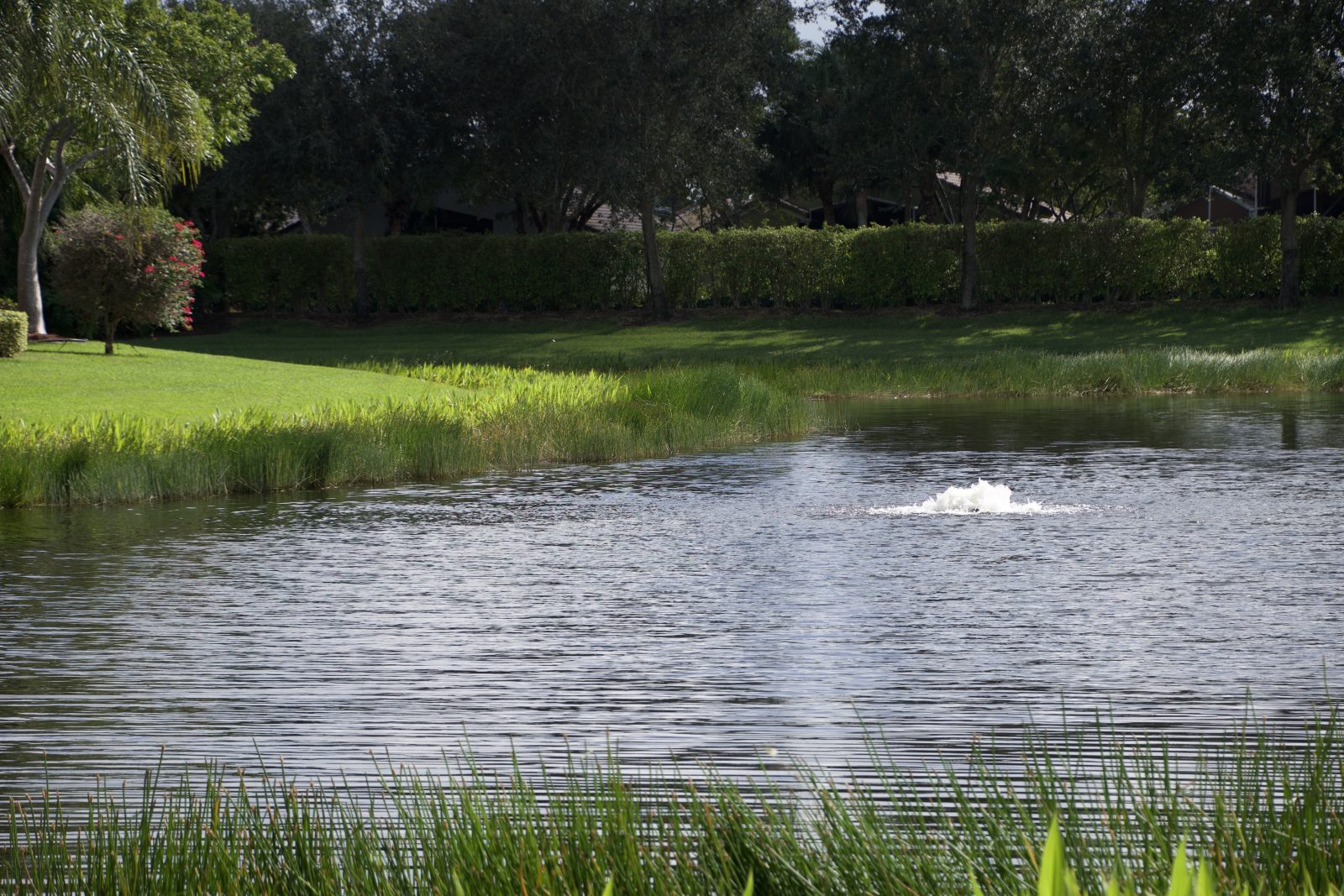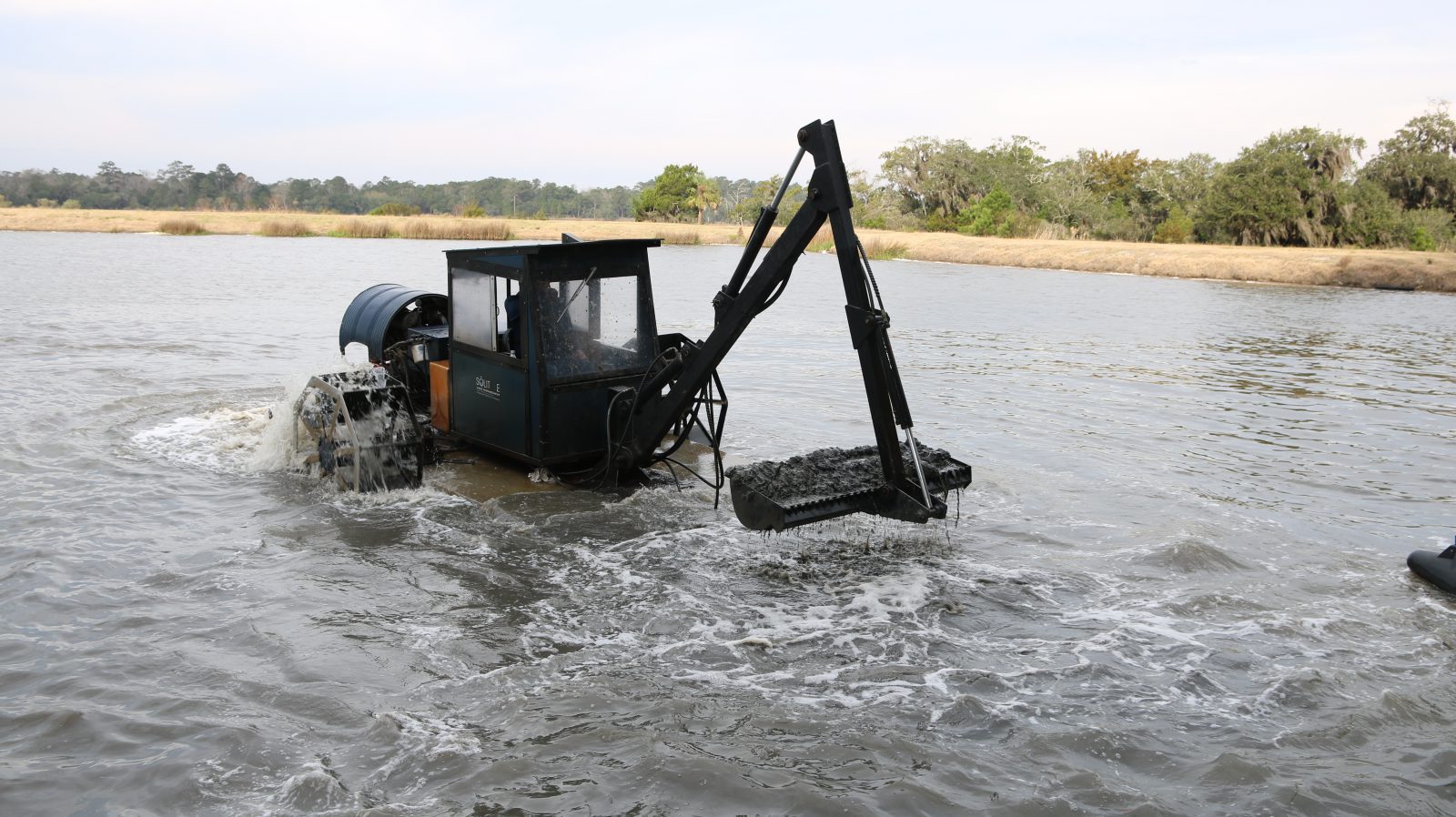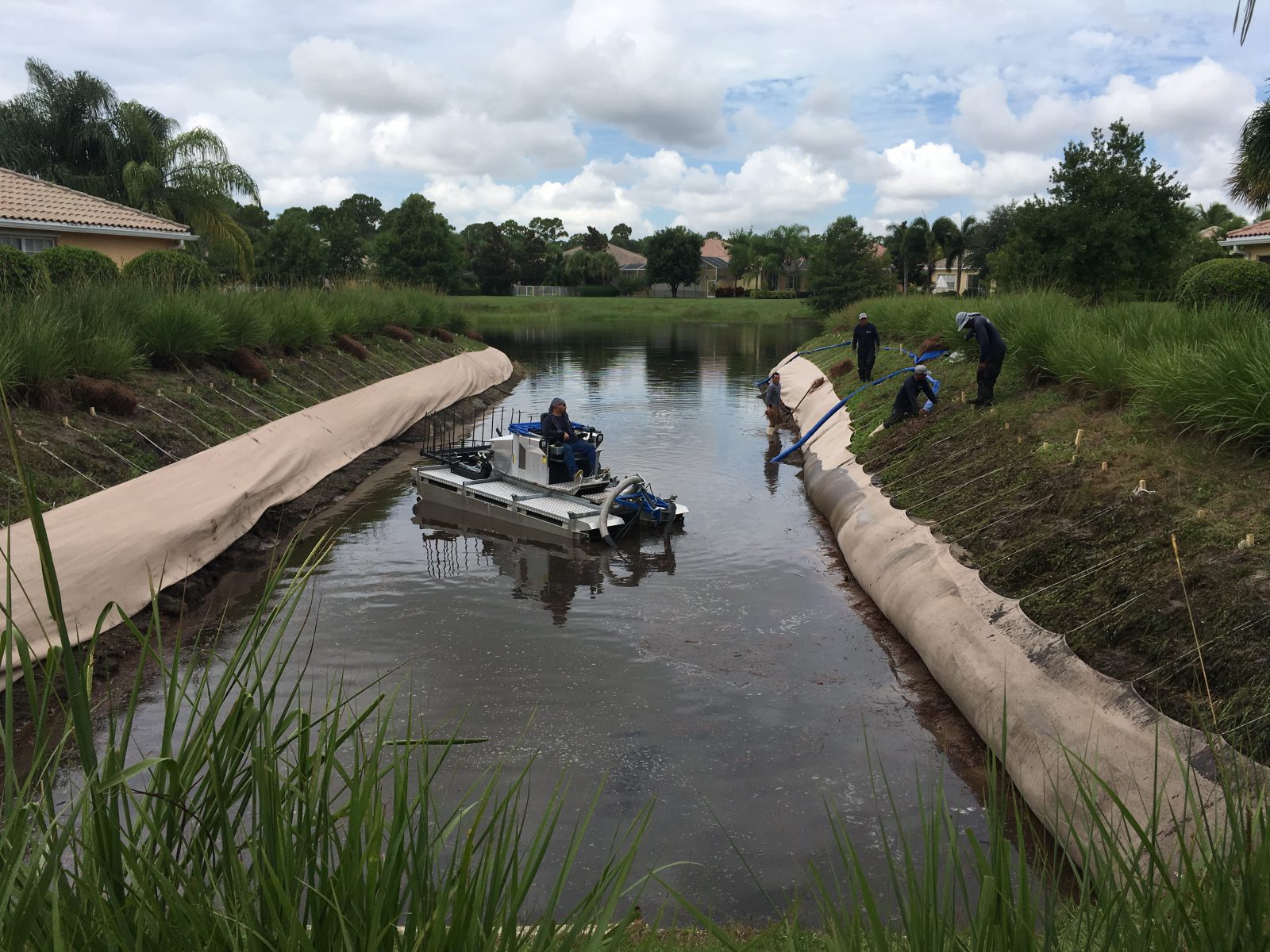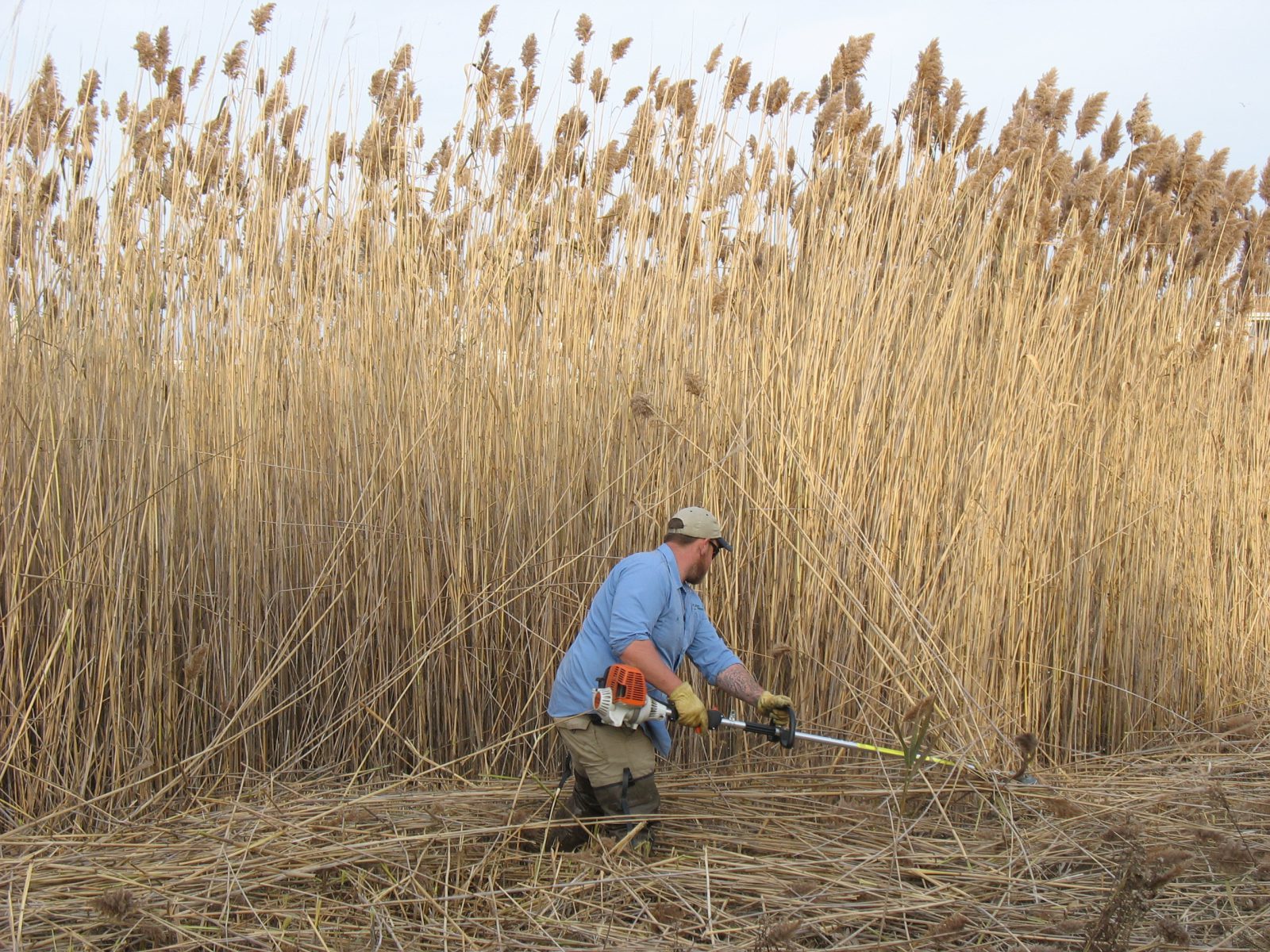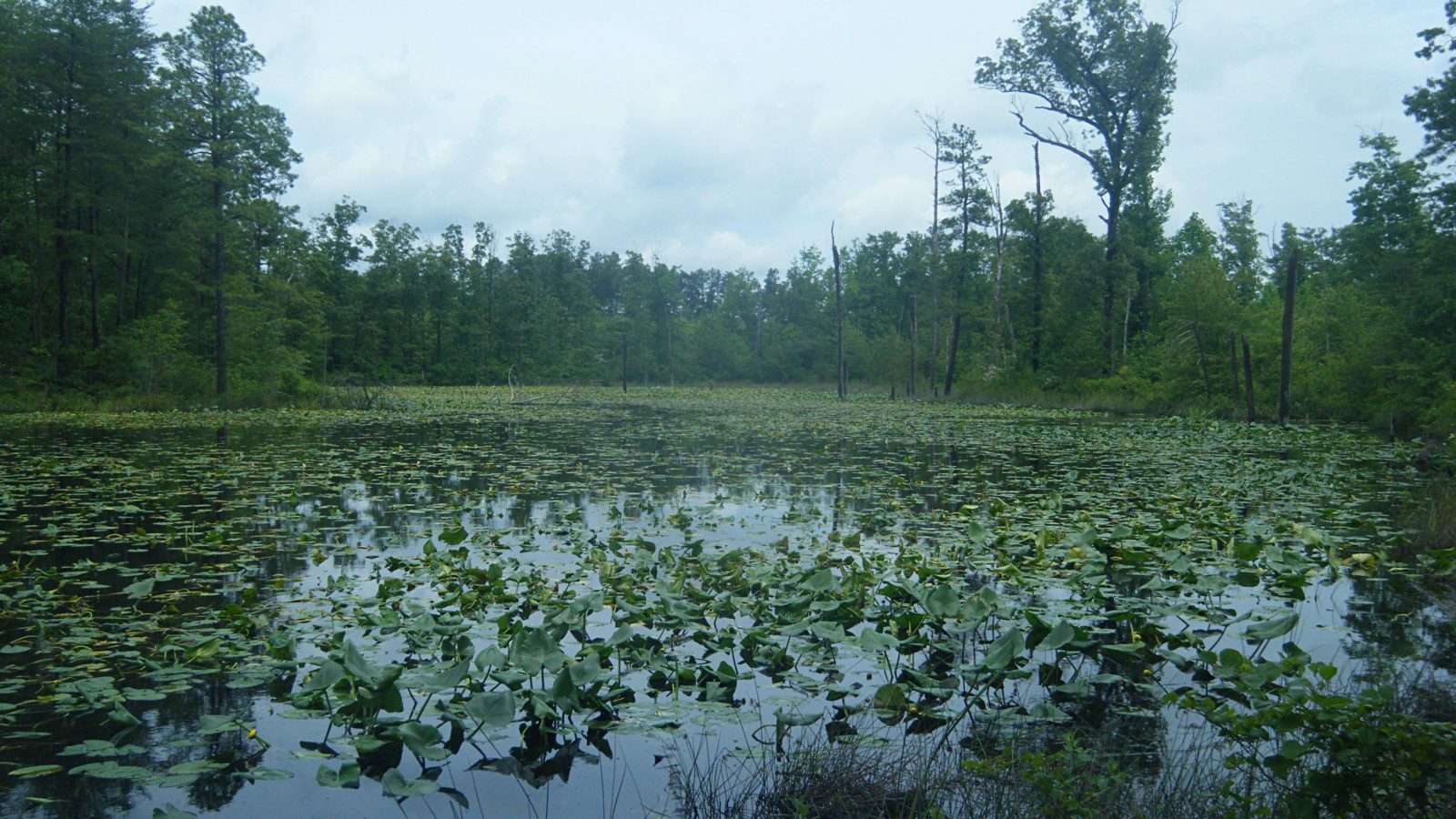
When Do Pond Plants Start Growing?
One of the biggest sources of frustration for lake and pond owners is nuisance pond weed growth. The first crop of pond plants is quite an unwelcome sight when the growing season arrives. Not only are pond weeds an eyesore, they can impede recreational activities like fishing and boating, and incite other frustrating problems like shoreline erosion, muck accumulation, bad odors, and fish kills, to name a few. Understanding the timeframe in which pond plants start growing allows property owners and managers to proactively get ahead of them.
The growing season is largely dependent on regional seasons and weather conditions. In the north, fall typically marks the end of the growing season and the window of plant die-off. Broadly, this begins in late September or early October and continues into November. Then, plant growth typically resumes around April and May as a result of increased sunlight, consistently warm temperatures, and an abundant supply of nutrients that were released by decomposing plants during the fall and winter. Other states in the south, Florida in particular, may not experience a true winter. Though pond weed growth may slow, many species are capable of surviving all year long.
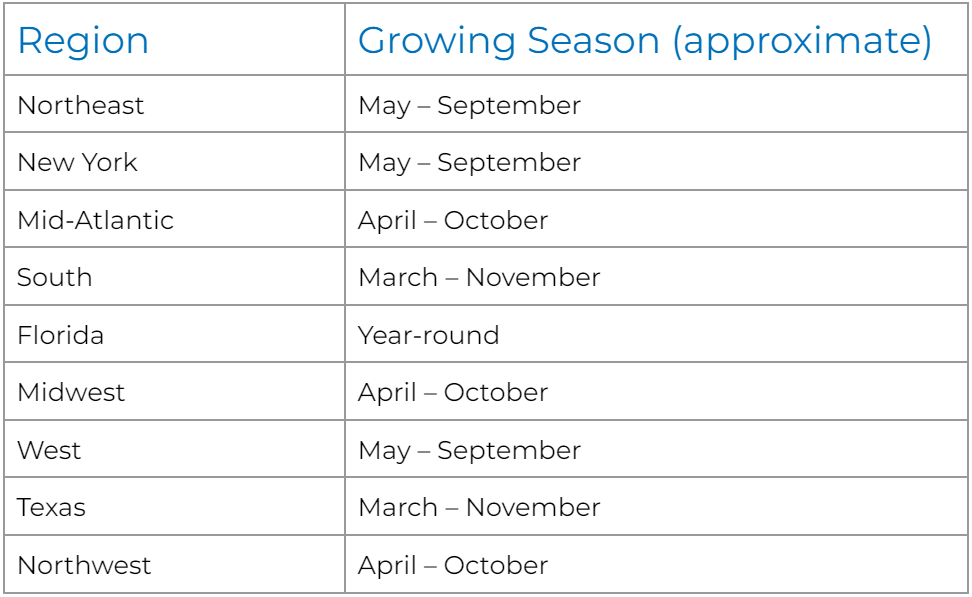
The timing of nuisance vegetation growth may also depend on the types of pond weeds present. Certain species like water lilies are more resilient in cooler temperatures, whereas others may not survive once temperatures drop below 50-60°F. Whether or not a pond weed is floating, emergent, or submersed is also a factor as water takes longer to cool after temperatures have dropped. Aquatic experts can help stakeholders forecast the upcoming growing season and identify which weed species may pose the biggest problems come spring.
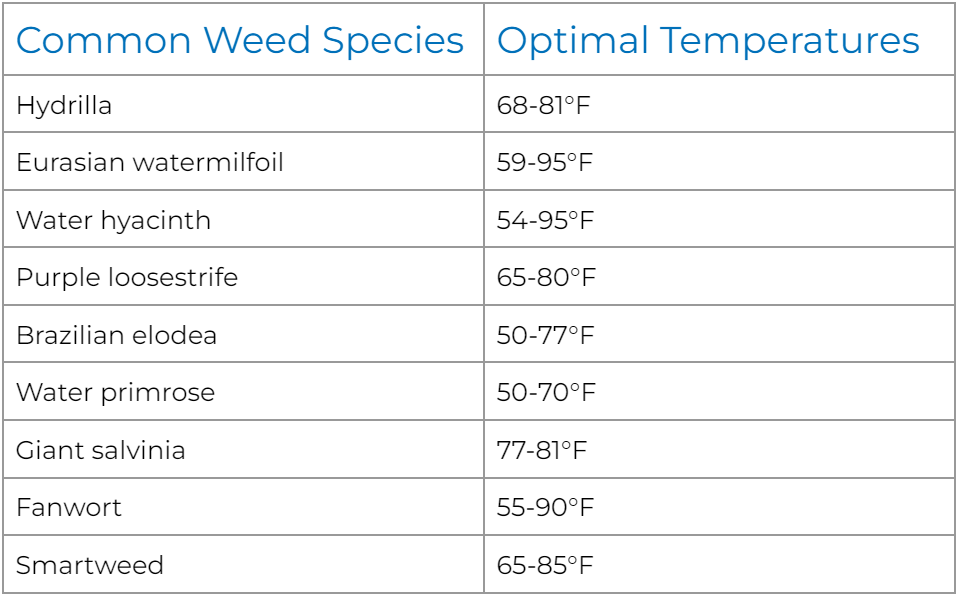
No matter the region, property owners and managers have a variety of tools at their disposal to prevent weed growth from exploding once warmer weather returns. Some services are best implemented in the late summer or fall months of the previous growing season. Others are better suited for the winter months during the longest period of downtime.
Control Plant Growth By Managing Nutrient Levels
Pond weeds can be most intense on waterbodies containing excess nutrients. The greater the nutrient load, the greater the possibility of nuisance growth. Aquatic experts can apply several types or products that help bind or “de-activate” excess nutrients, creating more balanced water quality. When nutrient levels are controlled, water quality issues like pond weeds are less likely to develop. Phoslock, Aluminum Sulfate (alum), and EutroSORB each work similarly to help eliminate free reactive nutrients in the water. Nutrient remediation projects require little downtime and may have the biggest impact when implemented at the start of the growing season. When used alongside other maintenance solutions, nutrient remediation strategies can yield long-lasting results.
Introduce Oxygen Into Your Water
Remediating nutrients present in the water column is an excellent preventative measure – one that should be reinforced with the introduction of fountains and aerators. Fountains, surface aerators, and submersed diffused aerators each help to oxygenate and circulate the water column. Dissolved oxygen plays a necessary role in the decomposition of organic matter and bottom muck, which are high in nutrient concentrations. When the decomposition process occurs efficiently, nuisance pond weeds are less likely to develop.
Fountains and aerators provide benefits any time of year, so it’s never too early or too late to begin using them. However, in northern regions that experience long freezing winters, systems should not be installed until ice formation subsidies in order to prevent equipment damage.
Address Muck Build-Up
For more extreme muck build-up, aquatic experts may recommend the use of beneficial biological bacteria to aid in decomposition, or mechanical hydro-raking or dredging to physically remove hundreds or thousands of pounds of detritus and muck. These jobs can take several days to weeks, making them a perfect winter project.
Repair Erosion Damage
Finally, repairing damaged shorelines can help improve water quality conditions for the return of the growing season. Erosion occurs naturally due to wind, rain, and wildlife activity, but can be accelerated when the shoreline is disturbed through recreation, construction, landscaping, and urban development. When sediment erodes into the water, it brings with it undesirable nutrients and pollutants.
Depending on the severity of the erosion, aquatic experts may recommend establishing a vegetative buffer around the perimeter to naturally hold soil in place and slow water as it flows over the bank during rainstorms. In more extreme cases, the shoreline may need to be rebuilt using bioengineering techniques and a patented knit material called SOX, which is filled with organic material, and reshaped to restabilize and extend the shoreline to its original condition. Winter is the perfect time to complete shoreline restoration projects as they can take several days to weeks.
Eradicate Stubborn Phragmites
Invasive pond weeds, in particular, are well adept at reproducing, which is why some species like Phragmites require multi-year management programs to fully eradicate. In the winter, professionals can complete cutting and burning projects to remove the dead stalks and aggressive root systems. It’s also an important time to get ahead of future spread. Invasive weeds can quickly overtake a new ecosystem when transported by wildlife and recreational activities. Carefully examining boat motors, fishing gear, and other water equipment for plant fragments will help prevent introduction to other waterbodies. Winter is an excellent time to begin developing educational materials and signage around the importance of preventative inspections.
Manage Weeds & Implement Proactive Solutions
Of course, despite consistent maintenance efforts, nature can still find a way during the spring and summer months. When all else fails, licensed aquatic experts may recommend the use of EPA-registered aquatic herbicides that are designed to target the unique growth mechanisms in pond weeds without impacting native species. And new drone technologies are making applications safer and more precise. Though not a long-term solution, herbicides can help create a clean slate which allows you to implement proactive maintenance strategies over the rest of the growing season.
Eliminating pond weeds is hard, especially after they have become established. Preventative maintenance strategies are the key to avoiding green, slimy growth from reappearing during the growing season. When property owners and managers partner with experienced aquatic experts, they are able to design custom management programs that keep pond weeds at bay. By leaning on the professional expertise of environmental scientists and aquatic biologists, they can feel confident that, when the growing season arrives, all they will see is healthy, beautiful water.
Enhance Aquatic Weed Management
SOLitude Lake Management is a nationwide environmental firm committed to providing sustainable solutions that improve water quality, enhance beauty and preserve natural resources.
SOLitude’s team of aquatic scientists specializes in the development and execution of customized lake, stormwater pond, wetland and fisheries management programs. Services include water quality testing and restoration, algae and aquatic weed control, installation and maintenance of fountains and aeration systems, shoreline erosion control, muck and sediment removal and invasive species management. SOLitude partners with homeowners associations, golf courses, private landowners, businesses and municipalities. SOLitude Lake Management is part of Rentokil, a leading business services company, operating across the United States, Canada and Puerto Rico.
For more information, visit SOLitude Lake Management at solitudelakemanagement.com, and connect on Facebook, LinkedIn and Twitter.








